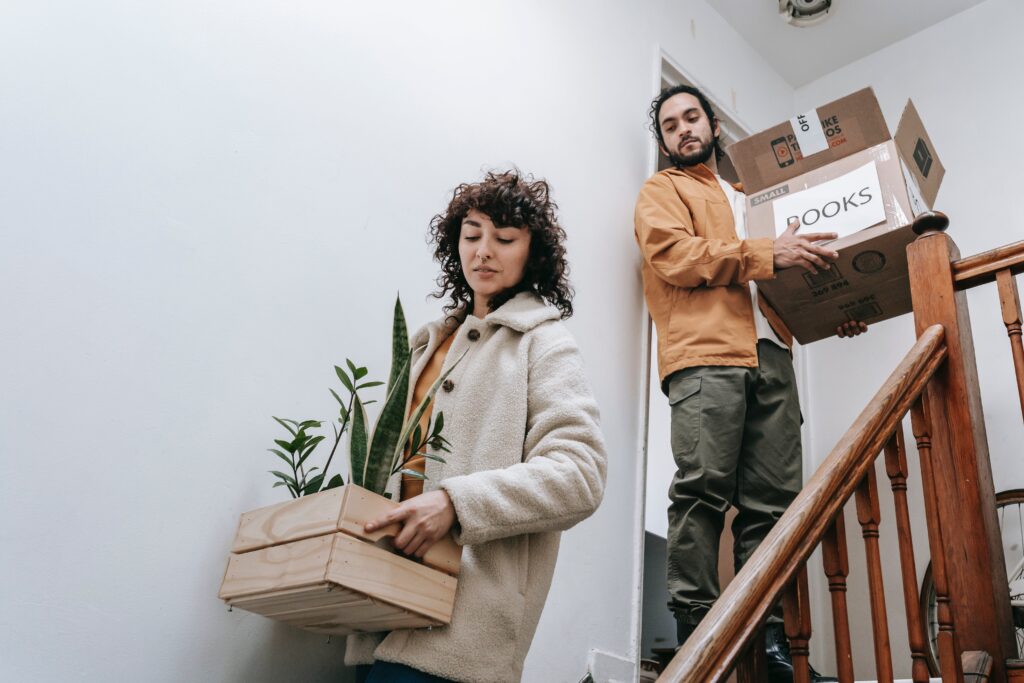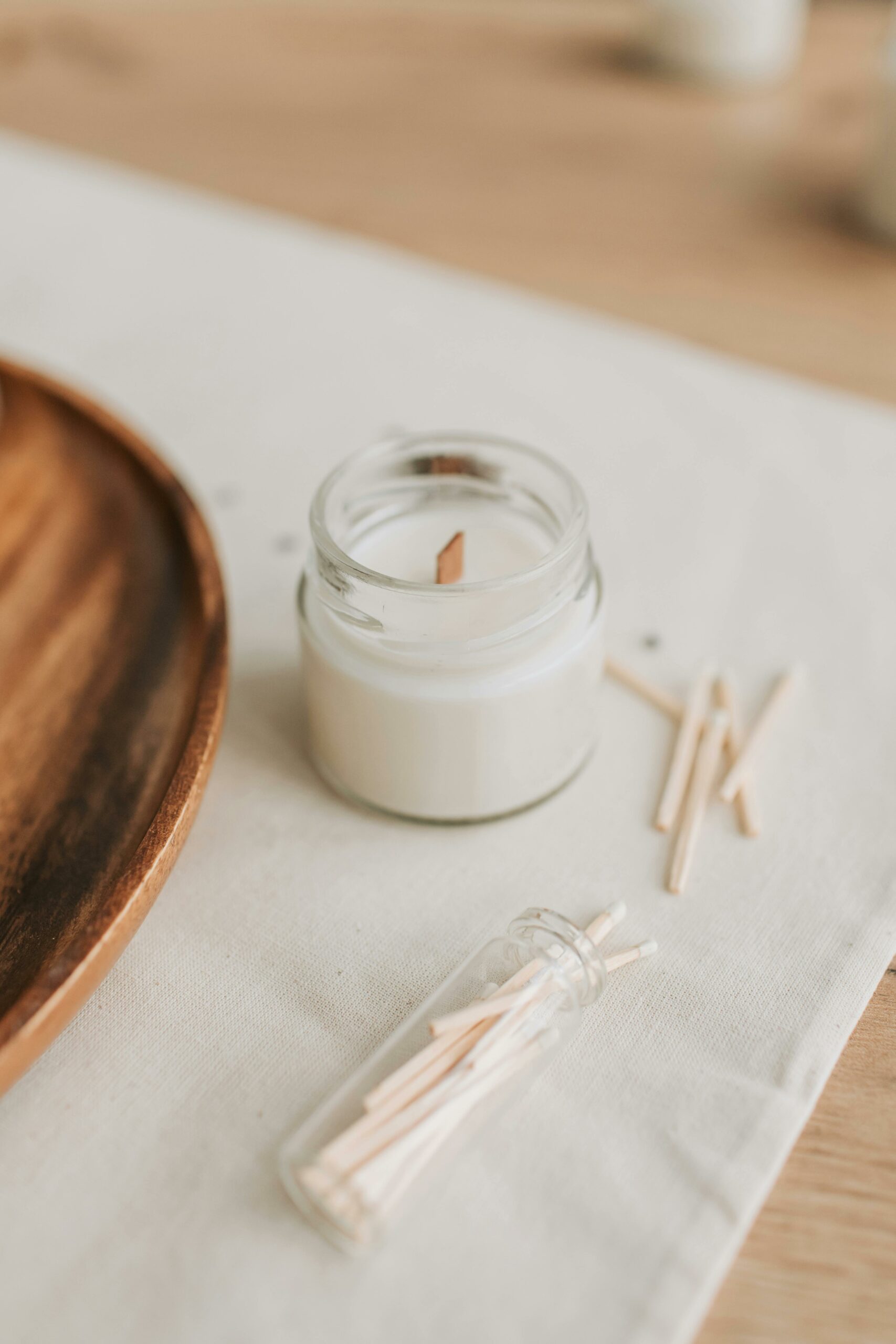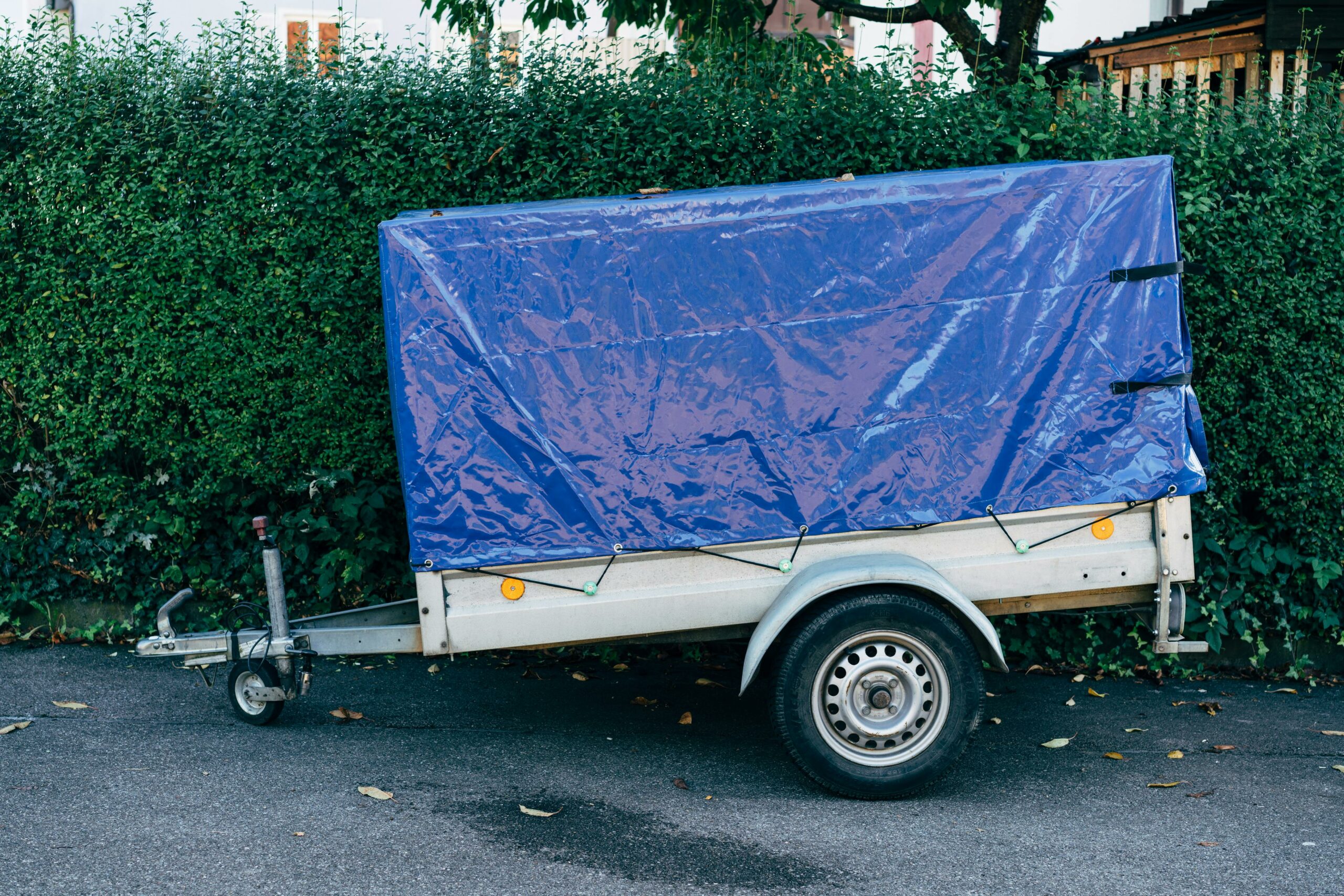If you’re a devoted plant carer, you know that your collection of houseplants can get surprisingly large, and as living things, you can’t very well just throw them in a moving box and hope for the best. Planning a move with lots of living greenery? Check out these tips to ensure a successful transition.
Consider time of year
Temperatures, both indoors and outdoors, can have a huge impact on your plants! While some houseplants are super hardy, others can be a little dramatic about changes in temperature, humidity, drafts, etc. In addition, most houseplants become partially or fully dormant during the winter months when your home is cool and dry and the days are shorter, while in the summer they are in prime growing mode. There’s no perfect time to pack up your plants and take them to a new place, but it’s important to consider what changes they may experience on their journey!
Start Strong
If your plants are already struggling, the changes that come with a big move may be too much to handle. Well before your move, take a break from your packing and planning to give your plants some TLC; make sure that anyone who has been neglected gets taken care of, remove sick or dying branches, and make sure anyone who needs a drink has done so. Basically, you want to minimize the impact that shock is going to have on your plants by making sure they’re in good shape.
Storing your stuff or overnighting in a big truck? Check on temperatures!
Moving trucks can get HOT or COLD depending on what the weather is like; they aren’t designed for passengers, botanical or otherwise. If you’re just driving for an hour or two, they will probably be okay with a “last in, first out” policy, but if you are traveling longer distances, check weather reports and consider forgoing the truck. In fact…
Consider including special plants in your car
Even if you can’t include all your houseplants in the car with you, if you have any really special plants (be it a rare specimen or just a sentimental hand-me-down plant), it’s probably best to bring them with you in the car. Make sure they are in a place where they won’t slide around too much, and keep them well away from small children or dogs who might be inclined to eat or otherwise damage them (this goes double if the plant is toxic, but in any case, you don’t want your treasured plant eaten after all the trouble of packing it!).
Wrap plants gently to avoid breakage and drafts
Using brown packing paper to gently wrap plants can be a great way to help support them and protect them from cold drafts during your move. For smaller plants, pack them as tightly as you can in boxes, and stuff bubble wrap or crumpled paper in any gaps so they don’t move around. And be sure to keep the plants separate from everything else so that they are protected from people hauling boxes on moving day.
Give them time to recover
You’re not the only one who needs time to recover after a big move! It can take plants a while to recover from the shock of a trip—some plants are notorious for dropping most or even all of their leaves when they experience shock. When you first move, take all of the plants to a quiet space with light but no direct sunlight, and plan to keep them there for a couple of days. As a bonus, this gives you time to get a better sense of lighting in your new home and find long term homes for them, but it also helps you determine which plants are bouncing back and which ones are going to need some special attention as they recover.











